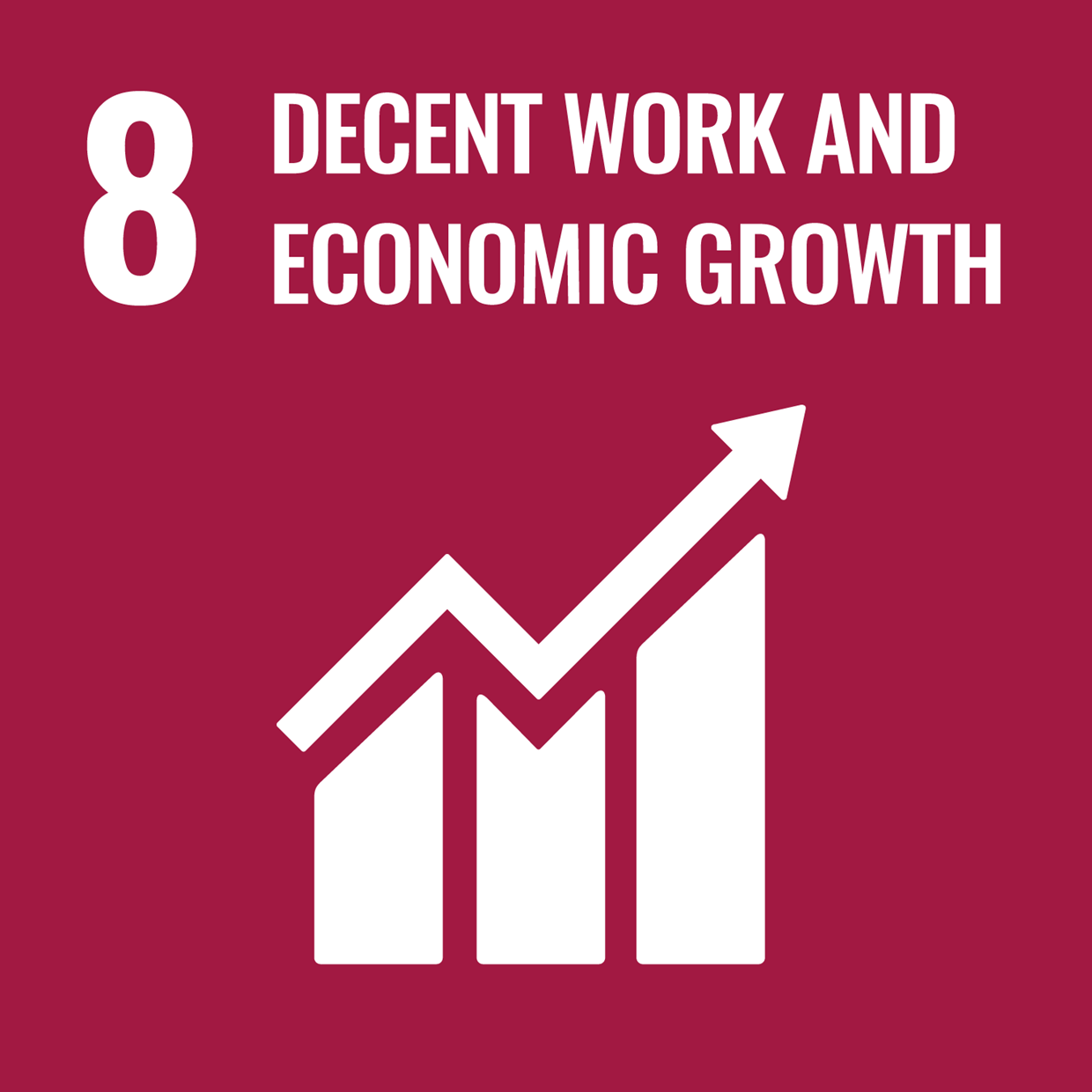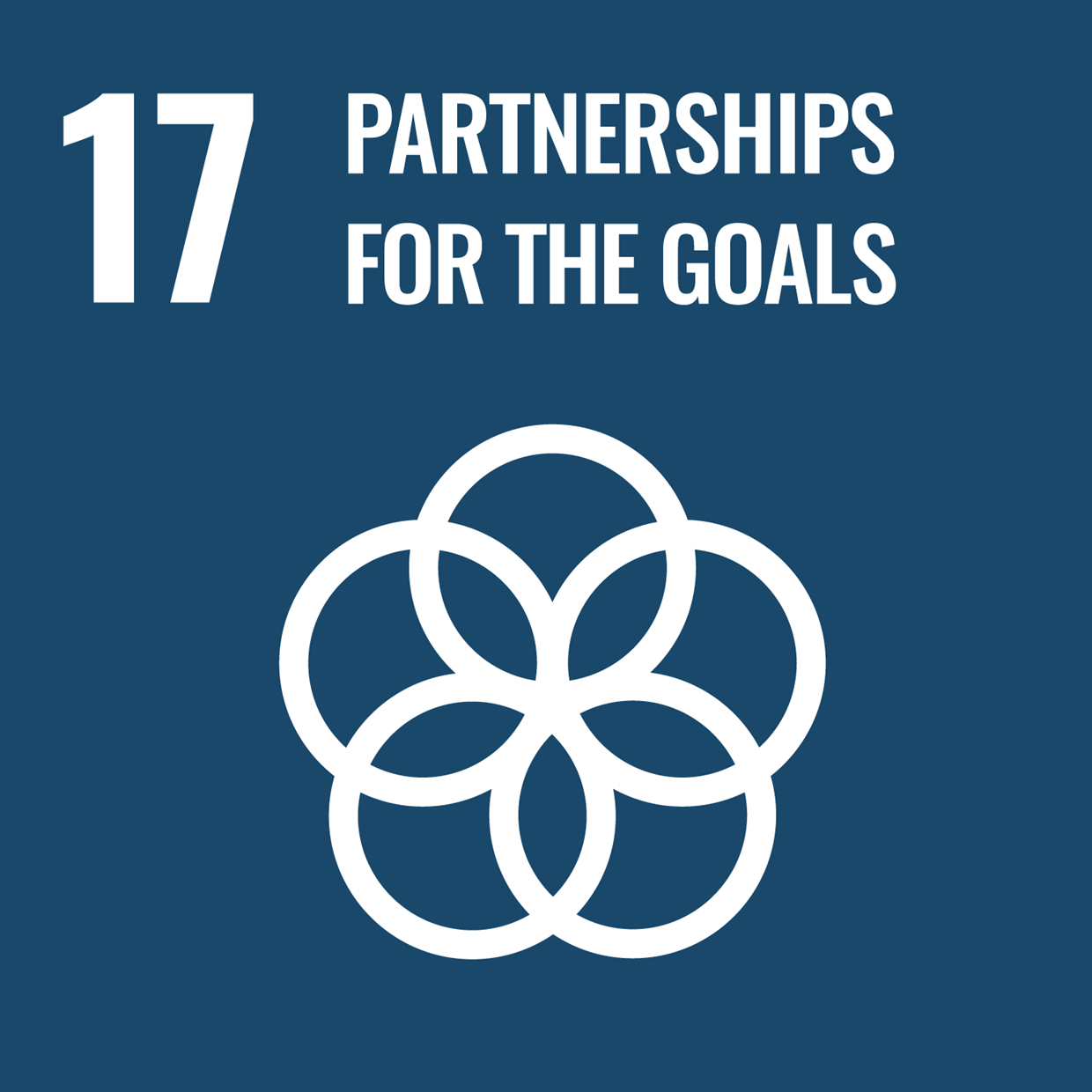Corporate management
_width-1240.jpeg)
In addition to general, legal and ethical principles, sustainability is one of Helsana’s corporate management principles. Sustainability is a key issue for Helsana’s relevant company units. In the following chapters, we describe how we have incorporated sustainability into our corporate management, what specific action we are taking in individual areas and what we achieved in the reporting year.


Our partners and customers entrust us with sensitive data. For us, handling this data in line with the relevant data protection regulations is not only a statutory obligation, but also the basis for building trust.
All employees complete a mandatory e-learning session on data protection when they join the company; this is then repeated every two years. The specialist data protection department also raises awareness by offering up to 15 training courses a year, and provides information on the latest legal developments. Data protection principles and specific applications are clearly defined in management documents.
Data processing is inventoried, documented in data protection concepts and checked at regular intervals to ensure its legality. Targeted measures are taken to address any discrepancies. The high level of awareness of data protection issues is reflected in the active reporting of potential data breaches by employees. These reports are checked by qualified staff, and employees undergo targeted training if necessary. Further measures are taken if need be. This means that the risk of data leaks is constantly at a very low level.
The well-functioning governance system is also reflected in the annual certification of the data protection management system (DSMS) of the physical and electronic data collection point by an external inspection body.
There were no incidents that entailed a high risk for data subjects in the reporting year, meaning that we were able to improve on the previous year. Three cases were reported to the competent supervisory authorities (FINMA, FOPH, Federal Data Protection and Information Commissioner) as a precautionary measure. Our standardised process includes convening a task force, taking appropriate immediate action and ensuring continuous, cross-divisional improvement in dealing with data protection breaches. All incidents were resolved promptly. The supervisory authorities have not raised any objections to Helsana’s handling of the incidents.
Data protection | Unit | 2024 | 2023 |
Data breach | number | 0 | 1 |
We promote our compliance culture by seeing our value system as an integral part of our day-to-day work and by ensuring a responsible approach to our interactions with insured persons, business partners and authorities. This strengthens trust in Helsana as a reliable business partner.
The Code of Conduct summarises the most important principles that guide Helsana’s actions. The Code of Conduct defines ethical principles and social responsibility, emphasises the sustainable use of resources and promotes prudent behaviour. It helps to ensure that Helsana’s employees act in accordance with the law and with integrity. As a binding part of their employment relationship, the Code of Conduct is signed by every employee on joining the company and is then actively put into practice. Regular e-learning sessions train all employees on the rules of conduct, and have them confirm their commitment to our principles at the end of the sessions.
Helsana expects its employees to report violations of applicable law, internal guidelines or ethically questionable practices without delay. They can do so anonymously via the web-based whistleblowing service “Speak-Up”. All reports are investigated and evaluated as part of a standardised process. Compliance-related misconduct is sanctioned and measures are taken to ensure that the incidents are not repeated.
Helsana ensures that customers are advised appropriately, truthfully and to the best of its knowledge and belief – both via its own and via external sales channels. A new customer must consent to the conclusion of a contract.
In the context of self-regulation, Helsana has actively advocated for, and signed, the voluntary industry agreements (Agents 1.0–2.0). These agreements prohibit cold calling, define clear quality standards for insurance brokerage and set out regulations governing the amount of compensation. Our commitment has contributed to the three areas of the revised agreement (Agents 3.0) set out above being declared generally binding by the Federal Council as of 1 September 2024. Helsana welcomes the Federal Council’s decision, as it means that the same conditions will apply to all market participants in future, ensuring fair competition in the interests of insured persons.
Helsana is committed to high quality in the new business process. Helsana endeavours to achieve a value of “0” for contracts that appear to have involved flawed initiation or conclusion processes, giving rise to customer complaints. All complaints are recorded by our Complaints Management team and processed as quickly as possible. There were no customer complaints based on cold calling in the reporting year. Of a total of more than 250,000 new policies (compulsory health insurance (OKP) and Federal Insurance Contract Act (VVG)), four were concluded without the documented consent of the insured person due to misunderstandings in the customer communication process. The complaints were all resolved promptly and with a satisfactory outcome in the interests of the customers concerned.
In addition to contractual agreements with our advisors, Helsana relies on a structured advisory process and regular training to ensure and improve the quality of our advice on an ongoing basis.
Business ethics and compliance | Unit | 2024 | 2023 |
Quality in the new business process | |||
Cold calling | number | 0 | 0 |
Insurance taken out without consent | number | 4 | 5 |
Sustainability risks (ESG risks) include environmental, social and governance risks. They are increasingly crucial for health, quality of care and corporate stability. Helsana integrates sustainability risks into its risk management system systematically (in accordance with Art. 964b CO and the recommendations of the Task Force on Climate-related Financial Disclosures) in order to ensure long-term stability and success and so it can report transparently on the impact of these risks. At Helsana, sustainability risks are not managed as an independent risk category, but are considered as drivers for various risk categories, such as operational, strategic, actuarial or financial risks.
Sustainability and climate risks at Helsana
The information below provides a summary of the material risks for Helsana in connection with non-financial matters (pursuant to Art. 964b CO) and key control measures used to address them.

Exposure to climate risks
Climate risks are broken down into physical risks, such as heat waves, extreme weather events and environmental pollution, and transition risks, such as regulatory/statutory developments, changes in consumer behaviour and expectations, and technological advances. At Helsana, transition risks are largely categorised as strategic risks, which an interdisciplinary board incorporates into the risk management system in accordance with the risk management process. The Legal, Compliance & Regulatory and Health Policy organisational units are also responsible for central political, legal and regulatory monitoring. Material risks identified as part of this process, including sustainability risks, are integrated into the risk management system by the organisational units mentioned above. One relevant example is the recently finalised FINMA circular on “Nature-related financial risks”, which Helsana will take into account in the further development of its climate risk management.
In the reporting year, the relevant specialist departments, including the specialist Risk Management departments and the central sustainability team, analysed Helsana’s potential exposure to a range of climate risks for the first time using the TCFD and ESRS catalogue. They did so taking the current sustainability strategy into account. The main findings are summarised below.
Insurance activity
As a health and accident insurer operating in Switzerland, Helsana’s exposure to material climate-related risks is currently limited. Nevertheless, environmental and climate change can have an impact on people’s health, well-being and performance. The National Centre for Climate Services (NCCS) cites higher temperatures and an increase in allergens and infectious diseases as potential health risks for Switzerland as a result of climate change.
Many factors impact trends relating to healthcare costs. It is not possible to clearly quantify those additional costs that are purely climate-related on the basis of the data currently available. If corresponding cost increases arise, these will be taken into account as part of the standard premium process.
To manage these risks, Helsana relies, in particular, on measures to raise awareness, education and health consultations. By way of example, we provide information in blog posts on sun and heat, as well as allergies, and published an allergy guide in the reporting year (see chapter “Health of our customers”), as well as launching a dedicated marketing campaign on this topic.
The link between climate change and pandemics is also receiving increasing attention. We are already analysing a pandemic scenario as part of the annual own risk & solvency assessment (ORSA) process and identifying suitable measures based on this analysis.
Direct real estate investments
Direct real estate investments are exposed to both transition climate risks (e.g. requirements related to energy standards or legislation, certifications) and physical climate risks (e.g. acute risks in the form of natural hazards or chronic risks due to rising temperatures). In order to maintain the value of the portfolio in the long term, we are already taking steps to manage these risks in a targeted manner. As an example, Helsana’s properties are insured against natural hazards through cantonal or private buildings insurance. All buildings also comply with the regulatory requirements in Switzerland and are predominantly in central locations (categorised as having good public transport accessibility) with at most a low exposure to natural hazards such as landslides, rockfall, avalanches, collapse, flooding and debris flows (evaluation using the “Protection against natural hazards” portal).
Further precautions are set out in sustainable construction guidelines, which address the assessment and monitoring of new buildings and renovation work, as well as corresponding planning specifications based on climate-related KPIs (e.g. energy, emissions, landscaped roofs, labels). Regular building condition analyses are also carried out and any need for action is taken into account in multi-year financial planning (see chapter “Climate strategy”).
Investments
Helsana invests the premium funds it receives on the capital market in line with regulatory requirements. The potential for ESG risks, including climate-related risks, is taken into account, as these can have a positive or negative impact on the investment result. In asset management risk management, profitability is mainly ensured by carefully diversifying the portfolio, the aim being to minimise any deviations from the benchmarks used. This careful diversification helps to manage possible risks and ensure the long-term stability of the portfolio.
Additional measures have been implemented to minimise ESG risks, such as compliance with the exclusion criteria set out by the Swiss Association for Responsible Investment (SVVK). Helsana also actively exercises its voting rights at companies in Switzerland and abroad, exerting influence over corporate management in order to address and manage ESG risks.
Helsana is not only actively involved in climate alliances, such as Climate Action 100+ and the IIGCC, but also pursues a responsible business policy that includes the exclusion of tobacco products and the “Non-Responsive List”. These initiatives support the portfolio’s long-term resilience to climate change and help to minimise climate-related risks (see chapter “Sustainable investing”).
Procurement and business interruption
When it comes to supply chains, climate risks are associated in particular with increasing disruption. For Helsana, as a non-manufacturing company with the majority of its suppliers based in Switzerland or the EU, the overall risk of interruptions to its own procurement is currently considered to be manageable. In addition, the risk of supplier interruption, irrespective of the underlying cause, is minimised, for example, by incorporating individual business continuity management (BCM) issues into the central purchasing process (see chapter “Responsible procurement”).
Risk management: process, governance and responsibility
Helsana has an effective, systematic and company-wide risk management system in place, including an appropriate and effective internal control system (ICS). Risk management and the internal control system are integral components of corporate management and serve to help achieve the Helsana Group’s corporate targets and ensure its survival and success. The risk management organisation is based on the internationally recognised “three lines of defence” model. Overall responsibility for risk management lies with the Board of Directors. The Audit and Risk Management Committee of the Board of Directors ensures a functioning risk management system and ICS on behalf of the Board of Directors, and the Executive Board is responsible for its implementation.
The formal risk management process is carried out annually and ensures that all material risks are identified, assessed and managed. Reports are submitted to the required bodies documenting whether the internal control system is appropriate and effective. Irrespective of this process, risks are identified, assessed, managed and documented on an ongoing basis. The specialist Risk Management department reports to the Executive Board and the Board of Directors at least four times a year. Material risks are recorded in a company-wide risk inventory. The risk management process also takes into account sustainability risks, which are marked accordingly in the risk inventory and are assigned to the five action areas (in accordance with Art. 964b CO) (see Table). The risk assessment involves estimating the probability of occurrence and takes into account the principle of double materiality in terms of impact. This allows us to assess potential financial and reputational risks, as well as the risk of official and judicial measures for Helsana. We also assess the potential impact of our business activities on our stakeholders and the environment.
The foundations for governance and the methodology for identifying, assessing and managing climate risks were laid in the reporting year and will be developed further in the coming year, taking into account the FINMA circular on “Nature-related financial risks”. Among other activities, the central sustainability office will be included in the annual risk management process for ESG risks (with a focus on environmental issues) as standard from 2025. Working in collaboration with the specialist Risk Management department and relevant specialist units, it will carry out an annual assessment of the materiality of climate risks for Helsana’s business model and strategy. Material risks as defined by the risk management process are then systematically incorporated into the risk management system and the ICS in line with the process.
As a health insurer, we use the premium funds we receive from our customers to pay for medical benefits. We also invest the funds on the capital and real estate markets. The income we generate from these investments contributes to Helsana’s financial security and our customers benefit from lower premiums. In the process, we live up to our role as a responsible investor. All decisions regarding our investments are based on a careful weighing up of risks and returns, with sustainability considerations also playing a key role.
We are actively committed to global climate targets and ensure that both our capital and real estate investments are aligned with these targets. We have developed a sustainable investment strategy for our securities portfolio that is based on the very highest standards. It focuses on targeted exclusions, active engagement and the exercise of voting rights (see chapter “Business model, scope of application and requirements”). Taking sustainability into account in its investments as part of a holistic approach is a top priority for Helsana. As such, we consider merely calculating the greenhouse gas emissions associated with our securities portfolio to provide less informational value, and instead pursue our holistic strategic approach.
Helsana has implemented the exclusion list of the Swiss Association for Responsible Investments (SVVK). This means that we are committed to excluding organisations and companies that do not meet certain ethical standards, for example manufacturers of controversial weapons, from our investment portfolio. We have our portfolio reviewed to check for these securities on a quarterly basis. The reports for 2024 stated that our portfolio did not, at any time, include securities that contradicted the investment regulations (SVVK exclusion list).
We also implemented the exclusion of investments in companies from the tobacco sector, as the negative health effects of tobacco consumption are undisputed and are not compatible with our commitment to a sustainable healthcare system. Furthermore, companies that do not respond to engagement efforts by the third-party provider ISS ESG are excluded from our investment portfolio. These are companies that violate the international standards set by the United Nations (UN).

We put our active commitment into practice through our membership of renowned initiatives such as the IIGCC, Climate Action 100+ and ISS ESG. This allows us to exert direct influence over companies and work hand-in-hand to develop sustainable strategies to minimise environmental damage. As part of our engagement with the largest CO2 emitters, we actively engage in dialogue with them to help them improve their climate targets and develop more sustainable business models. We also work with third-party providers such as ISS ESG, which help us to evaluate and implement sustainability in a holistic manner. In the reporting year, we actively participated in over 220 engagement activities, enabling us to contribute to the promotion of sustainable practices.
As part of our voting rights approach, we also pursue the goal of actively exercising the voting rights attached to our equity investments, allowing us to exert a lasting influence. We were again able to successfully exercise our voting rights for Swiss and foreign equities in the reporting period.
On average, our portfolio corresponds to an estimated temperature rise of 1.5 degrees Celsius by 2050 (climate score). This is in line with the Paris climate targets. We will continue to pursue our sustainable investment strategy in the future and emphasise active engagement.
Sustainable investing | Unit | 2024 | 2023 |
Investments (SVVK exclusion list) | breaches | 0 | 0 |
We play an active role in climate and environmental protection in our investment properties by pursuing a targeted sustainability concept (see chapter “Climate strategy”). Helsana lives up to its social responsibility as a real estate investor by implementing sustainability measures in its real estate portfolio. At the same time, Helsana ensures the long-term marketability of the properties it holds, as well as corresponding returns for its customers.
When it comes to selecting suppliers, Helsana is guided by ethical, environmental and economic principles. The majority of these suppliers are service providers from Switzerland or the EU.
Helsana expects its suppliers to comply with the relevant regulations at all times (in accordance with Art. 964j–964l CO in conjunction with the Ordinance on Due Diligence and Transparency in relation to Minerals and Metals from Conflict-Affected Areas and Child Labour (DDTrO)). As part of our auditing obligations, Helsana requested additional information from all suppliers with the potential for child labour in the reporting year, as in 2023, to confirm compliance with the statutory provisions on avoiding child labour. In particular, this involved suppliers of IT hardware, office furniture, office supplies and promotional items.
Helsana also takes sustainability criteria, such as a certified environmental management system (ISO14001) or the way in which obsolete hardware is disposed of, into account in its tenders.
Helsana will be expanding its procurement requirements in 2025 to ensure a transparent and sustainable supply chain. To this end, Helsana has drawn up a Supplier Code of Conduct that covers social, environmental and governance issues. Helsana will introduce the Supplier Code of Conduct for new suppliers from the beginning of 2025.
_width-1240.jpeg)
_width-1240.jpeg)


_width-1240.jpeg)